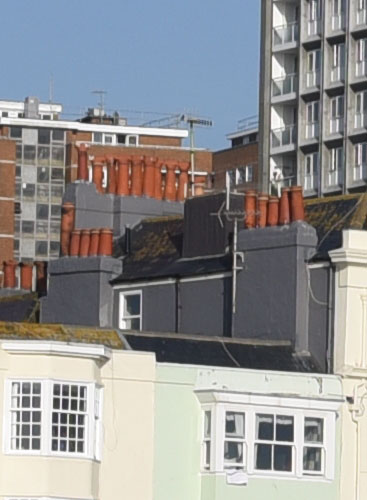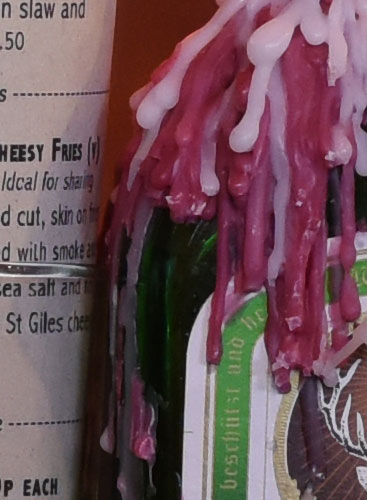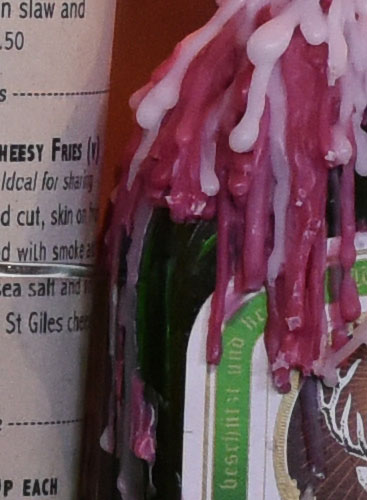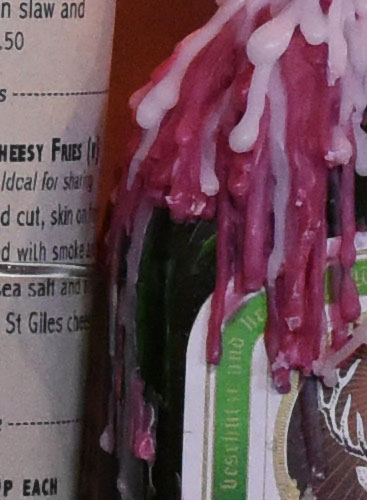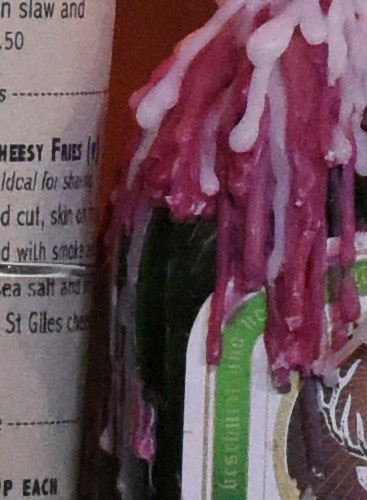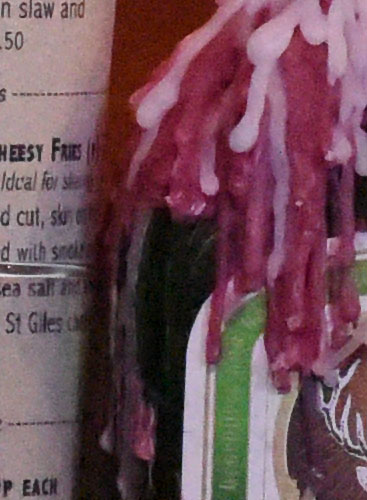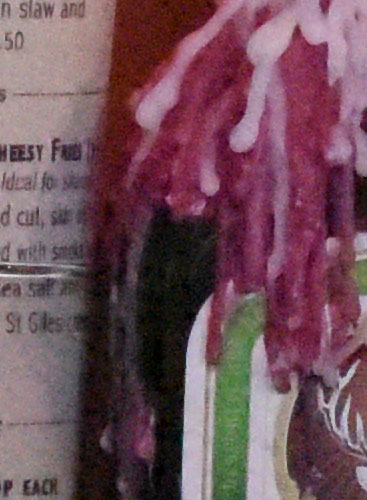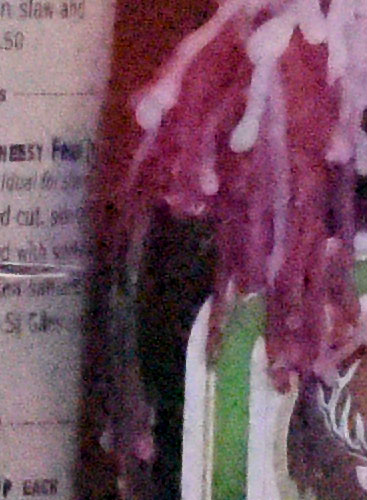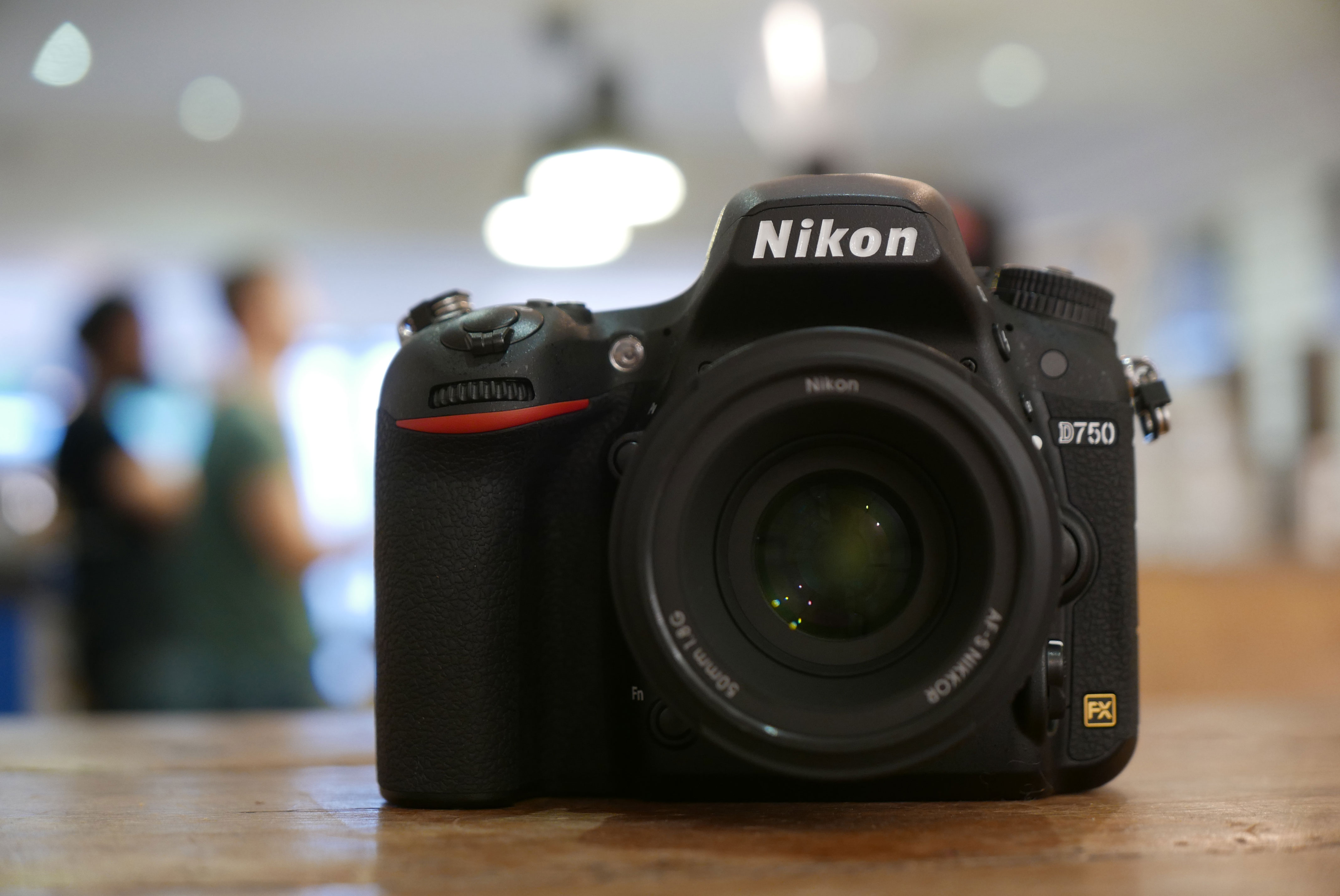
Nikon D750 review
-
-
Written by Gordon Laing
Quality
|
Nikon D750 JPEG Using Nikkor AF-S 50mm f1.8G at f8 | Nikon D810 JPEG Using Nikkor AF-S 50mm f1.8G at f8 | |
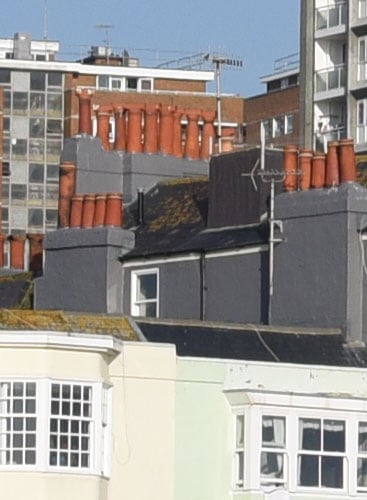 | ||
f8, 100 ISO | f8, 100 ISO | |
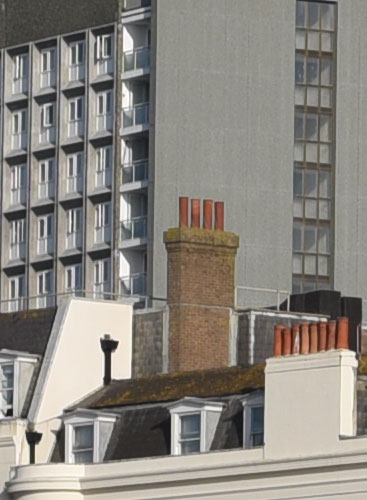 | 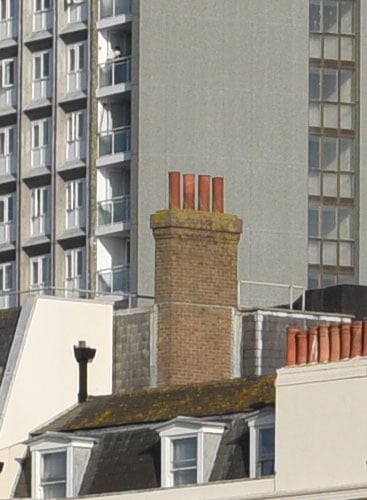 | |
f8, 100 ISO | f8, 100 ISO | |
 |  | |
f8, 100 ISO | f8, 100 ISO | |
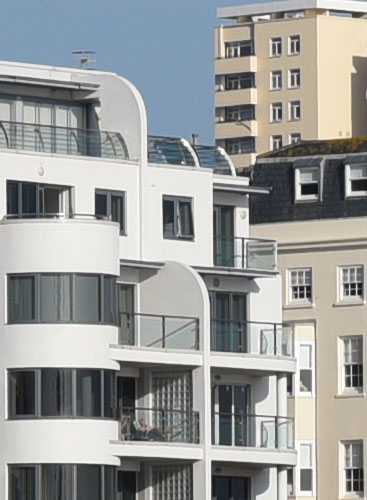 | 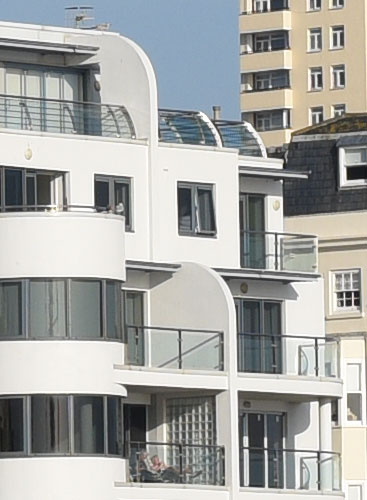 | |
f8, 100 ISO | f8, 100 ISO | |
 | 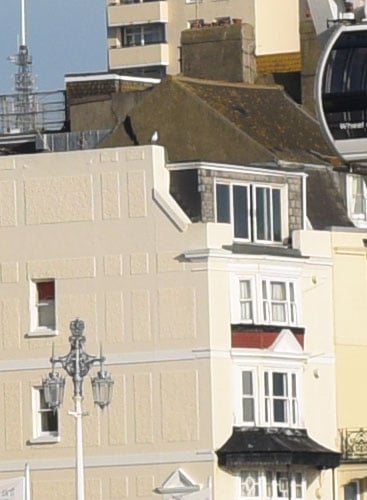 | |
f8, 100 ISO | f8, 100 ISO | |
 | 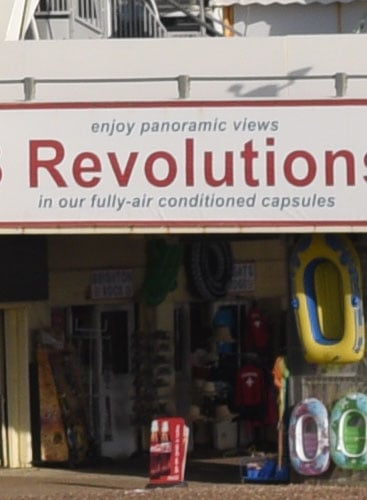 | |
f8, 100 ISO | f8, 100 ISO | |
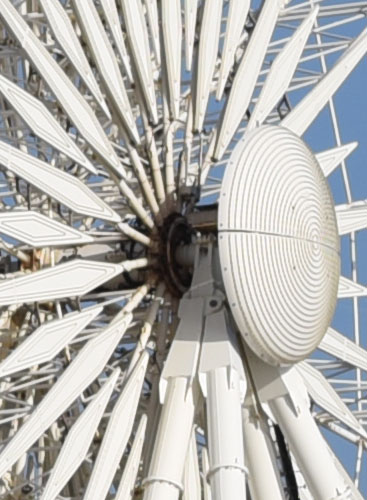 | 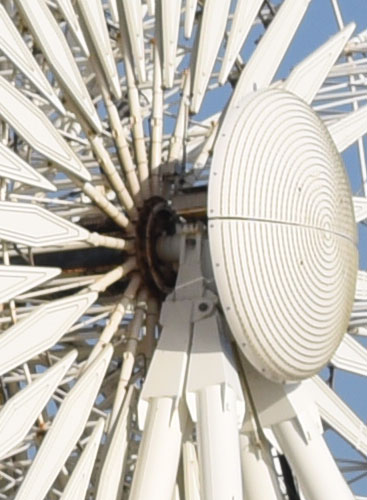 | |
f8, 100 ISO | f8, 100 ISO |
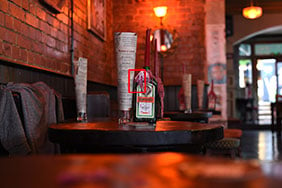 Nikon D750 vs Nikon D810 Noise JPEG To compare noise levels under real-life conditions, I shot this scene with the Nikon D750 and Nikon D810 within a few moments of each other at each of their ISO settings. Both bodies were fitted in turn with the same Nikkor AF-S 50mm f1.8G lens, set to f4 in Aperture Priority.Both cameras were set to RAW+JPEG with 14 bit lossless for the RAW and ‘Optimised for quality’ for the Large Fine JPEG. Active D-Lighting was disabled and High ISO NR was set to Normal. I’m presenting the JPEG results here and will add RAW results once the D750 is supported in Adobe Camera RAW.In my first table I’ve compared the Nikon D750 against the D810 when both are shooting JPEGs using the in-camera settings. As always I’ve taken a crop from each image, indicated by the red rectangle in the thumbnail above left, and presented them below at 100%.Both are full-frame models fitted with the same lens, so what you’re comparing here are their respective sensors and image processing styles. In terms of sensors, the D750 is equipped with a 24 Megapixel FX sensor with an anti-aliasing filter, while the D810 is equipped with a 36 Megapixel FX sensor without an anti-aliasing filter. As such you’d expect the D810 to deliver finer detail thanks to its higher resolution and crisper details thanks to the absence of an anti-aliasing filter. But in theory the D810 may suffer from greater moire due to the lack of a low pass filter, and the higher resolution should make it noisier at higher sensitivities.I’ve started the comparison at 50 ISO on the D750 (its Lo1 setting) and 64 ISO on the D810 which is its base sensitivity. At these and the lower ends of their sensitivity ranges, you’ll see a repeat of my outdoor results on the previous page: the D810’s higher resolution is resolving finer details and the absence of an AA filter are making those details crisper. It’s particularly obvious in the patterns on the label of the bottle. So far, so predictable, but at what point – if any – does the lower resolution the D750 enjoy an advantage in noise levels? I’d say at 1600 ISO there’s a small but visible increase in noise on the D810’s image while the D750 remains clean; this becomes more obvious at 3200 ISO, although there’s still more detail on the D810 image. In terms of detail I’d say both cameras become roughly similar between 6400 and 12800 ISO. Meanwhile at 25600 and 51200 ISO (both extended sensitivities), the D750 enjoys cleaner results, although both are looking pretty nasty at this point when viewed at 1:1. So judging from these JPEG results I’d say both cameras are equally clean up to about 800 ISO and beyond here the D750 gradually begins to extend a lead – small at first, but by the upper range of the sensitivities by almost two stops. These results are of course with the in-camera JPEG defaults with High ISO Noise Reduction set to Normal. What they don’t show is how much noise there is to start with, so once Adobe supports the D750’s RAW files I’ll be presenting a comparison using exactly the same processing settings. Another factor to consider is the actual magnification at which we’re looking at the images here. By looking at them at 1:1, we’re actually assuming the D810 image is being presented larger. But what if they were reproduced at the same size where the D810’s pixels would be smaller? To simulate this on-screen, I reduced the D810’s images to 24 Megapixels and have made a second comparison lower on this page. Scroll down to check it out, or head over to my Nikon D750 sample images or skip to my verdict.
|
Nikon D750 vs Nikon D810 Noise JPEG at 24 Megapixels |

To compare noise levels under real-life conditions, I shot this scene with the Nikon D750 and Nikon D810 within a few moments of each other at each of their ISO settings. Both bodies were fitted in turn with the same Nikkor AF-S 50mm f1.8G lens, set to f4 in Aperture Priority.
What’s different in this second comparison is I’ve first resized the D810 images down to 24 Megapixels using Photoshop before taking the crops, so both models are now presenting the same resolution and reproduction. Note this is not the same as shooting in 24 Megapixels in-camera, and of course there’s the impact of the down-sampling technique, but it gives you an idea none-the-less.
In the comparison below I took crops direct from the D750’s out-of-camera JPEGs, but for the D810 resized the 36 Megapixel images down to 24 Megapixels using Adobe Photoshop with its ‘Bicubic Sharper (best for reduction)’ option.
Now both cameras are showing the same area in the crops, but I think it’s obvious the D810’s crops still contain more detail. This shouldn’t be surprising as it started with more detail and used sophisticated algorithms to down-sample it, but it is revealing none-the-less and perhaps also gives a hint at what the D750’s quality could have been like if it didn’t have an anti-aliasing filter. Again I wouldn’t expect it to look as good as the D810 down-sampled, but the crispness could certainly have been greater.
The sharpening process while down-sampling however has made the noise levels more obvious on the D810, and again at the upper range of sensitivities the D750 is certainly cleaner. But below 800 ISO the down-sampled D810 images still enjoy the benefit of greater detail.
Once again I’ll be updating these noise results with RAW comparisons when the D750 is supported by Adobe Camera RAW, but in the meantime check out my Nikon D750 sample images where I have a bunch of examples at high sensitivities, or skip to my verdict.
Nikon D750 JPEG Using Nikkor AF-S 50mm f1.8G at f4 | Nikon D810 JPEG (down-sampled to 24 MP) Using Nikkor AF-S 50mm f1.8G at f4 | |
 |  | |
f4, 50 ISO | f4, 64 ISO | |
 |  | |
f4, 100 ISO | f4, 100 ISO | |
 |  | |
f4, 200 ISO | f4, 200 ISO | |
 |  | |
f4, 400 ISO | f4, 400 ISO | |
 |  | |
f4, 800 ISO | f4, 800 ISO | |
 |  | |
f4, 1600 ISO | f4, 1600 ISO | |
 | 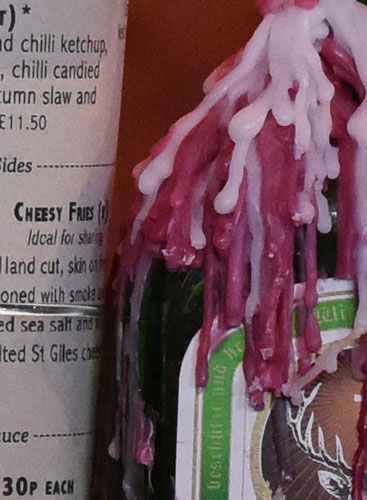 | |
f4, 3200 ISO | f4, 3200 ISO | |
 | 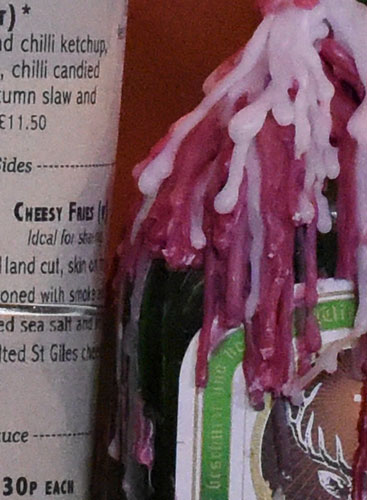 | |
f4, 6400 ISO | f4, 6400 ISO | |
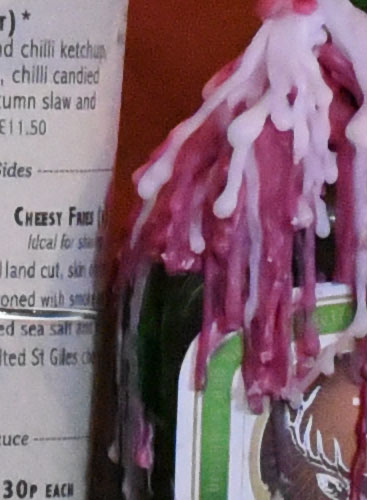 |  | |
f4, 12800 ISO | f4, 12800 ISO | |
 | 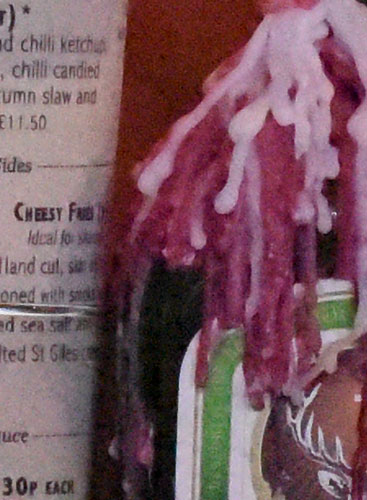 | |
f4, 25600 ISO | f4, 25600 ISO | |
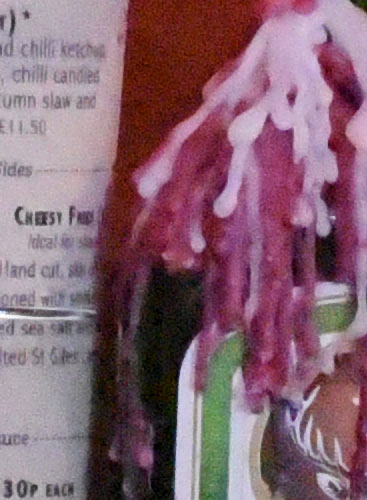 | 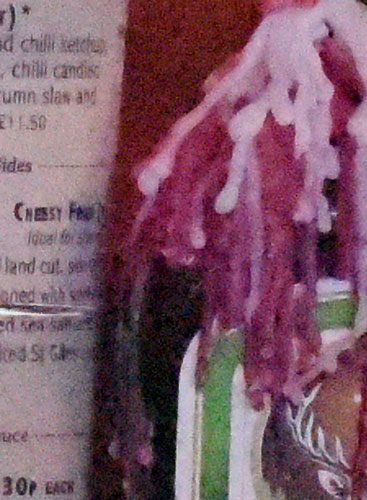 | |
f4, 51200 ISO | f4, 51200 ISO |
